Tariffs are shifting the gears on car pricing, making cars more expensive than ever in Canada. From rising sticker prices to shrinking incentives, the new trade policies drive costs through the roof. Every dollar counts in this landscape more than ever, so planning, staying informed, and adjusting expectations are key to survival. These are 20 ways new tariffs could skyrocket car prices in Canada:
Tariffs = Instant Markups
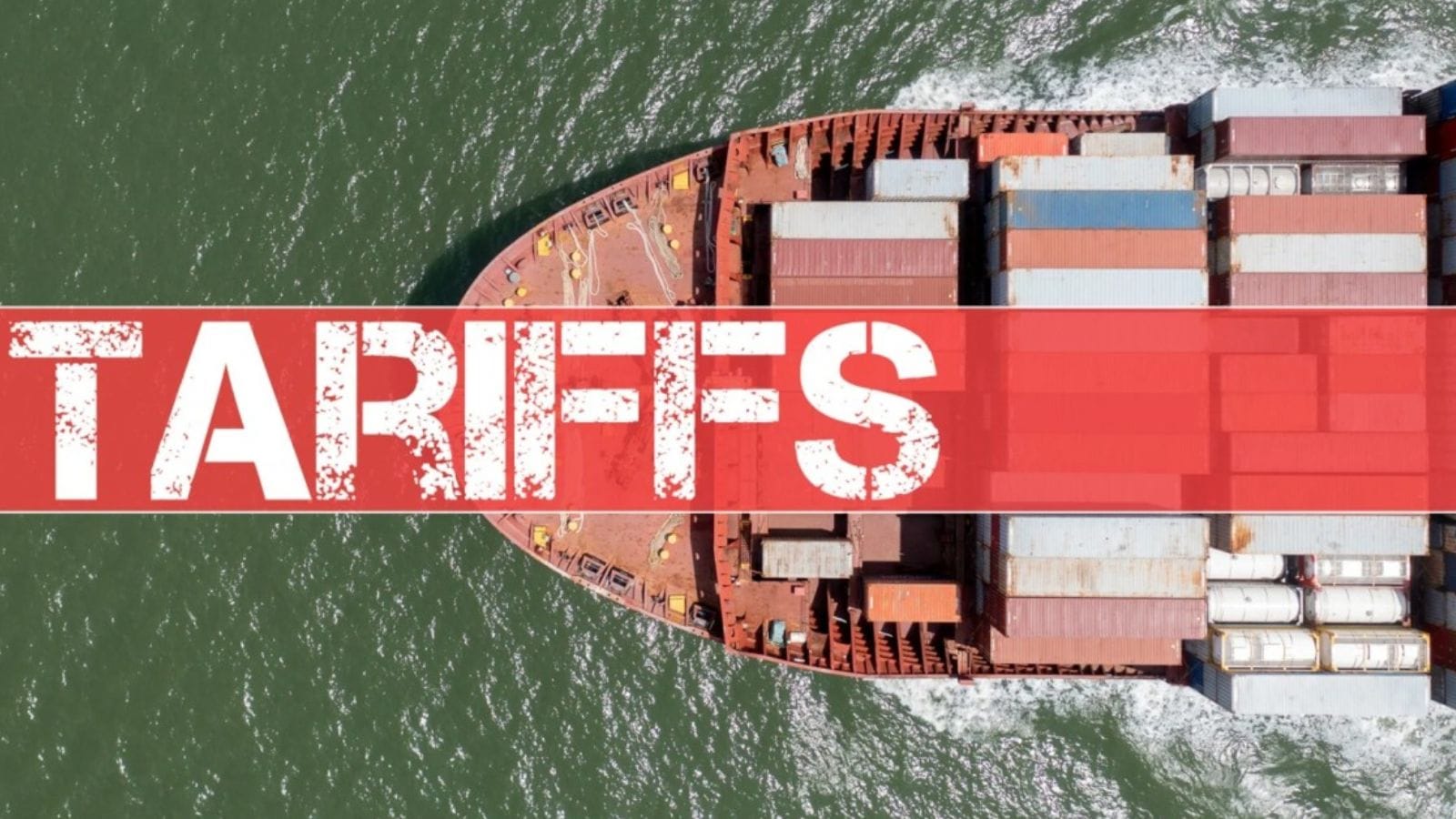
When new tariffs are introduced on imported vehicles and auto parts, the immediate result is a price jump. A car valued at $40,000 and a 25% tariff generates an automatic $10,000 bump in cost. Manufacturers and dealerships typically don’t absorb this hit but pass it on to the customers. This instant markup alters affordability and pushes many buyers out of their comfort zone or the market entirely. Tariffs act like hidden taxes that inflate the sticker price and reduce buyer leverage, leading to higher prices, lower sales, and slower turnover.
Imported Cars Take the Biggest Hit

Imported cars are the most vulnerable in this economic shuffle. A luxury sedan manufactured overseas and retailed in Canada at $60,000 would jump to $75,000 if a 25% tariff is applied. That’s not a small change but a psychological barrier for many buyers. These cars often carry higher base costs, so the tariff impact is proportionally massive. The luxury market feels it the most, but even mass-market brands produced outside North America are in the firing line. Brands that dominate in import segments could witness declining sales, dealer pressure, and a re-evaluation of the Canadian market entirely.
Parts Shortages = Delays and Dollars

Even if your vehicle is assembled in Canada, it likely depends on imported components. Tariffs on imported parts create price surges and bottlenecks, such as a $5,000 transmission facing a 25% tariff, suddenly costing $6,250. This could also result in delays in sourcing alternatives, extended production timelines, and more expensive vehicles. Automakers either raise the price or slow down manufacturing. Both options are bad for consumers. With over 30,000 parts in a modern car, even a small disruption snowballs into major logistical headaches for manufacturers and major price tags for buyers.
Fewer Discounts from Dealers

Dealerships operate within tight margins and rely heavily on incentives and factory discounts to make sales appealing. When tariffs inflate the base price of vehicles, the wiggle room for offering discounts shrinks significantly. If a dealership used to offer a $2,000 discount on a $35,000 vehicle, they might now sell that same car for $43,750 with tariffs that make discounts almost irrelevant.
Leasing? What’s Going Up Too

Leasing may be a buffer from high upfront costs, but it’s not immune to tariff effects. Lease pricing is based on the vehicle’s value and projected depreciation. If a vehicle’s retail price spikes due to tariffs, monthly lease payments go up, too. And because tariffs artificially inflate value without improving quality or longevity, depreciation becomes less predictable. This can lead leasing companies to increase fees or reduce mileage caps to mitigate risk. That “affordable” lease now looks like a financial trap for cost-conscious Canadians.
Used Car Prices Will Soar
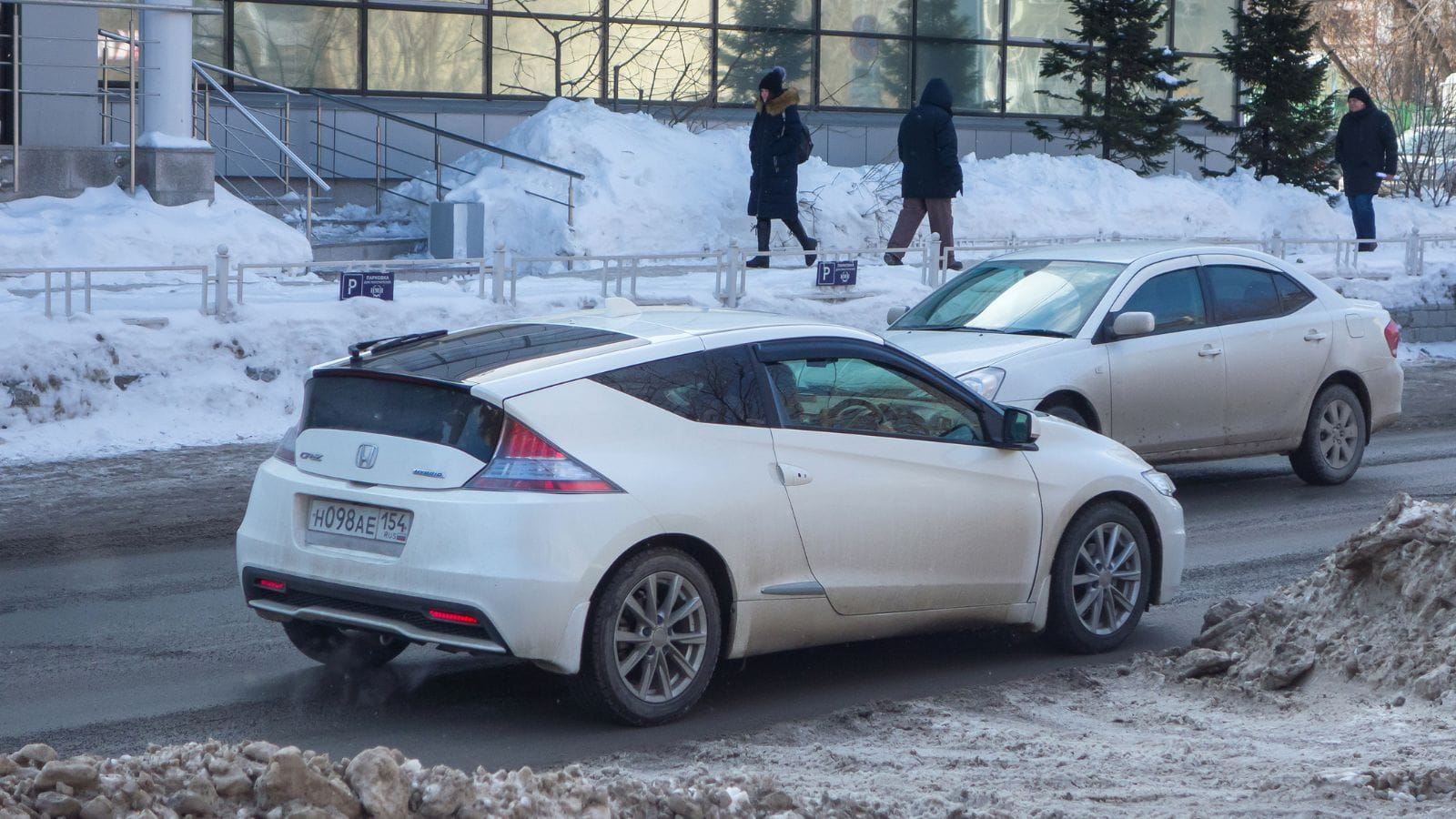
As new vehicles become less financially accessible, demand shifts to the used car market, which increases competition over a fixed inventory, leading to higher prices. A used SUV that was $18,000 could fetch $21,000 post-tariffs. Since newer used cars still rely on imported parts (and thus are more expensive to replace), even older vehicles get pulled along in the price hike. Certified pre-owned (CPO) programs, often the middle ground between new and used, will feel the strongest push, becoming nearly as expensive as a brand-new vehicle once was.
Canadian-Made Cars Aren’t Immune
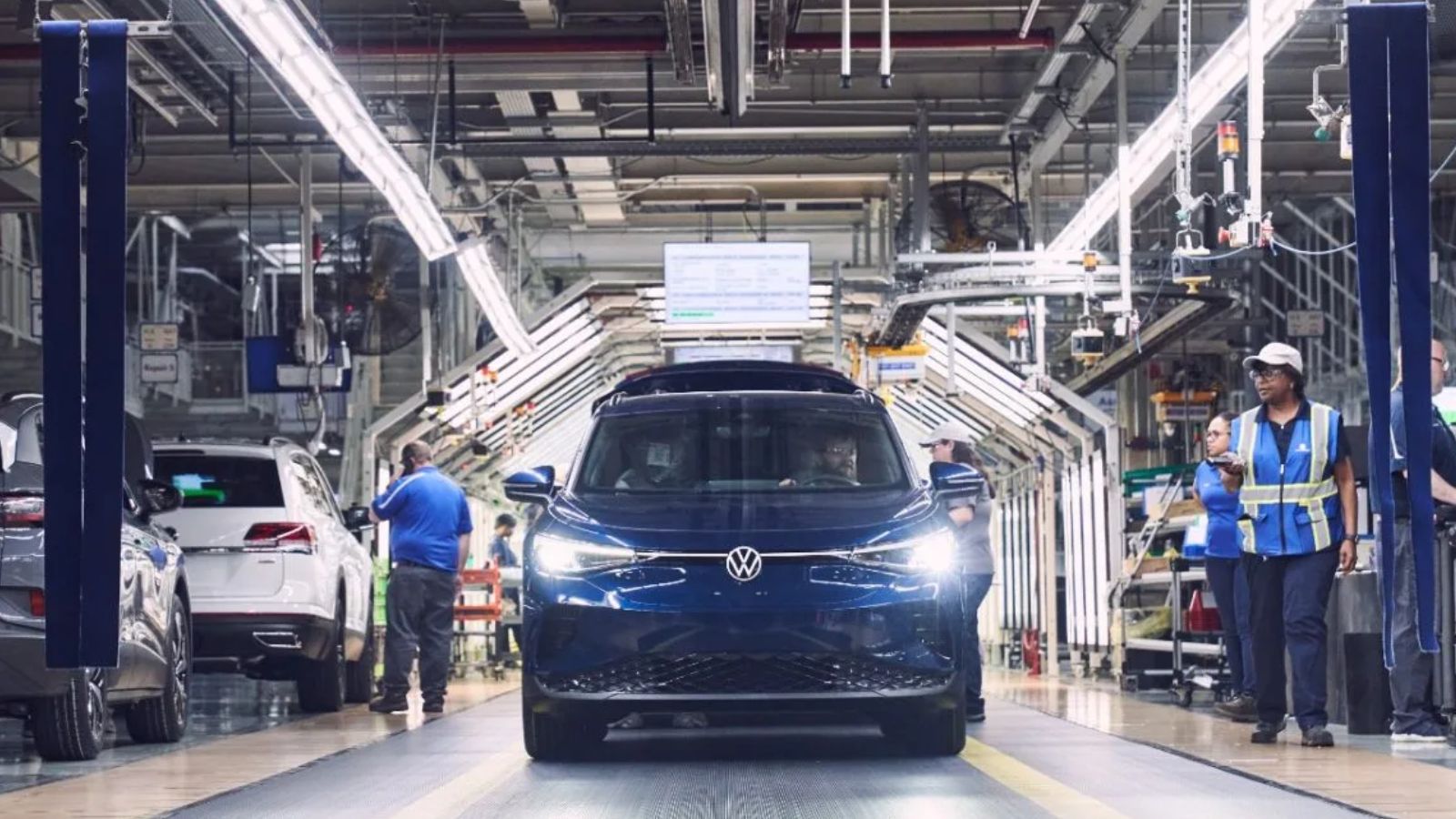
It’s easy to think Canadian-assembled cars are safe from tariff shockwaves, but they’re not. Most vehicles built in Canada rely on parts from the U.S., Mexico, or overseas. A domestic car using an American-made engine, now taxed with a 25% tariff, sees that cost baked into the final sticker price. If the engine costs $7,000, an extra $1,750 is added before the vehicle hits the sales floor. Assembly costs may remain stable, but the composite cost of the vehicle rises. Tariffs on parts create hidden inflation on homegrown models, too. The average Canadian-assembled vehicle contains components sourced from at least five different countries.
Luxury Cars Get Luxuriously Pricier

Luxury vehicles sit at the upper end of the pricing spectrum, and when tariffs hit, a $100,000 vehicle quickly becomes a $125,000 indulgence. This price hike affects buyers, dealerships, and leasing companies, now facing a smaller target demographic. The perceived value of “luxury” starts to blur when high-end features are available in mass-market models at a lower cost. Tariffs distort value and often force manufacturers to rethink importing specific models altogether, resulting in fewer options, higher prices, and less negotiating power for Canadian consumers.
Your Friendly Neighborhood Mechanic? Also Affected
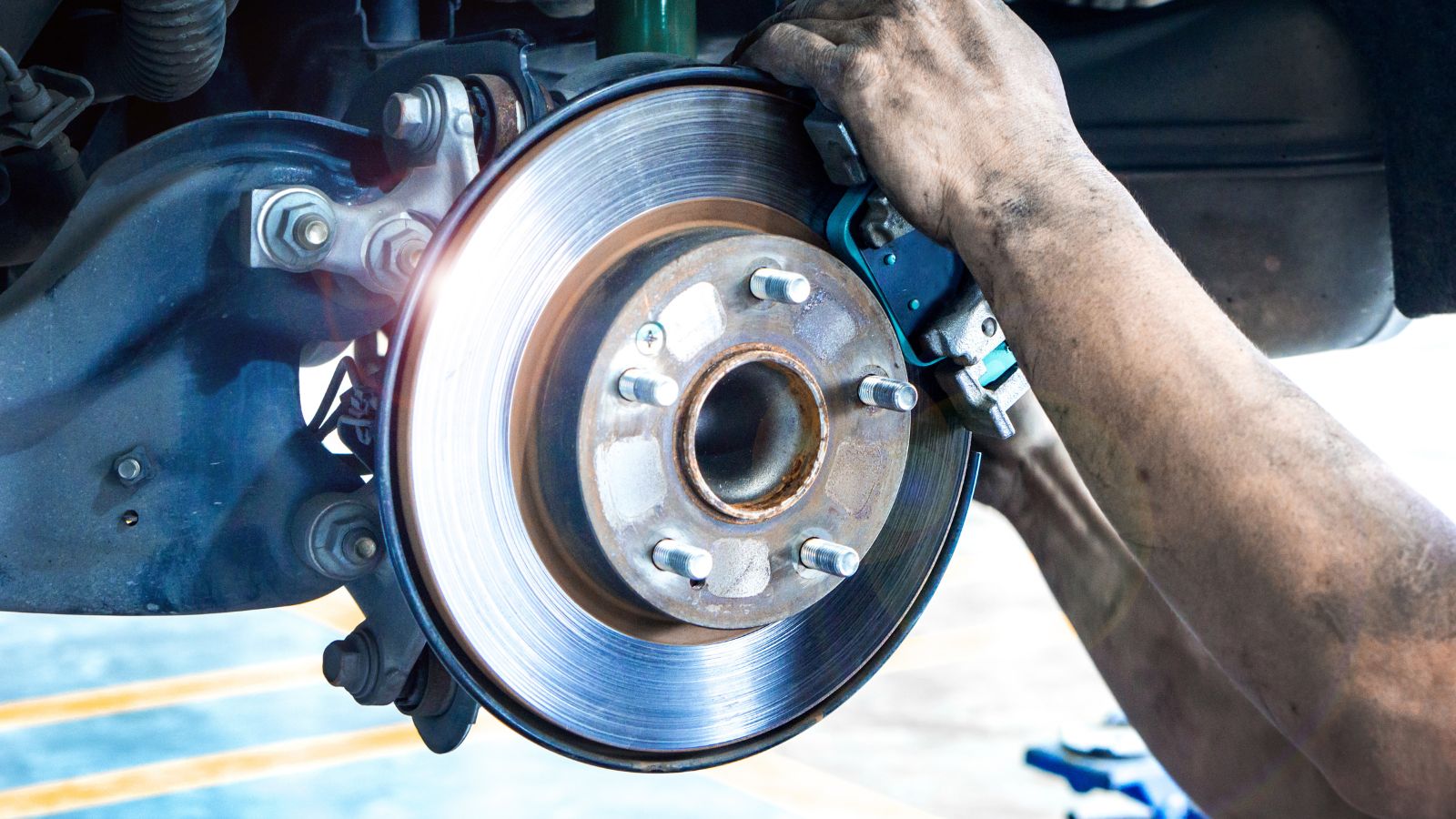
Mechanics rely on a steady supply of affordable parts to keep vehicles running, but when those parts are subject to tariffs, repair bills become more expensive across thousands of garages, leading to a full-blown inflationary spiral. Independent shops often operate on tight margins and may either pass the cost to customers or absorb losses, neither of which is sustainable. Even simple repairs become expensive, prompting some to delay necessary maintenance, which only worsens vehicle conditions longer. The average Canadian spends over $1,000 annually on vehicle maintenance, but that number will likely grow.
Auto Loan Rates Might Not Save You

Auto loans are seen as a buffer against rising car prices, but low interest rates can’t mask a higher sticker price due to tariffs. Suppose you’re financing a $40,000 car over five years at 4%. That’s manageable. Now factor in a 25% tariff, and the car is $50,000. Suddenly, monthly payments jump by over $180, and you’ll pay more than $2,000 extra in interest alone. If inflation pushes interest rates up, you get hit twice, once on the sticker and again on financing.
Canadian Auto Jobs Could Take a Hit
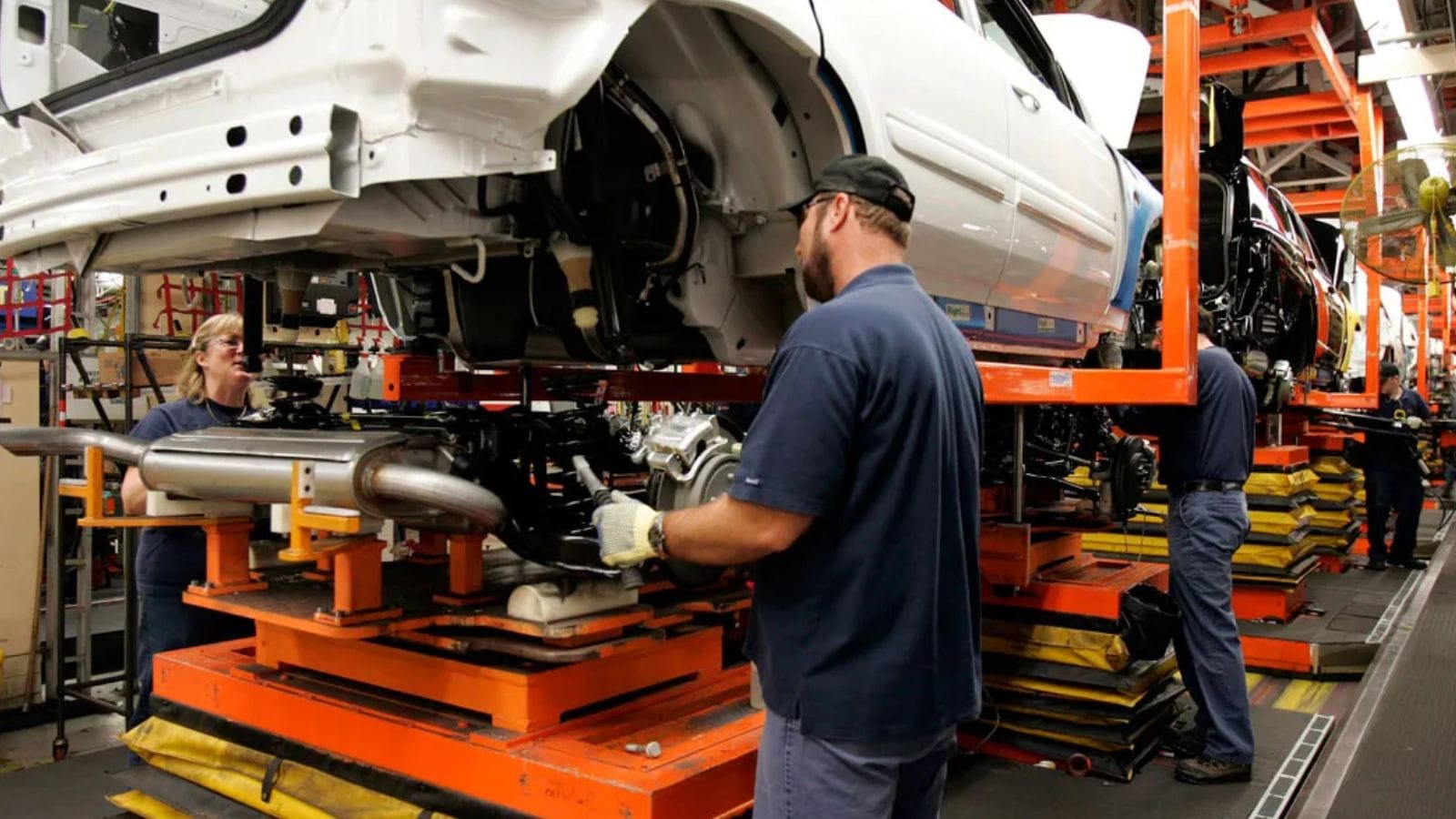
The tariffs are expected to impact the foundation of the auto industry workforce. Assembly plants, parts manufacturers, logistics providers, and dealerships are all interconnected. If sales drop because prices skyrocket, automakers start cutting production. And when production slows, jobs vanish. A 10–15% dip in vehicle demand could easily translate to thousands of jobs on the chopping block, especially in Ontario, Canada’s automotive heartland.
Cross-Border Shopping? That’s Risky Now

It used to be savvy to shop across the U.S. border for better car deals, especially when the Canadian dollar was strong. But tariffs complicate everything. A vehicle brought in from the U.S. cab faces stiff import duties, inspection costs, and compliance fees. A $35,000 U.S. car might cost closer to $45,000 after crossing the border. Plus, U.S. dealerships are becoming wary of Canadian shoppers scooping up inventory, especially when local demand is high. The days of hopping across to Buffalo for a steal are dwindling fast. In some years past, over 100,000 used vehicles were imported into Canada from the U.S., which could drastically drop with tariffs in play.
Automaker Incentives Might Shrink

Automaker incentives like rebates, cash bonuses, and low-interest loans are the secret sauce behind many car purchases. However, manufacturers often have less budgetary room to sweeten the deal when tariffs spike vehicle prices. What was once a $5,000 incentive on a full-size SUV might now shrink to $1,500 or vanish entirely. Automakers must recoup their increased costs, and trimming the incentive pool is one of the first moves. This removes one of the last remaining levers for affordability and makes price negotiations less flexible than ever. Incentives can account for up to 10% of a vehicle’s final price, and removing them is like losing a year’s worth of free gas.
Pickup Trucks Will Take a Hit
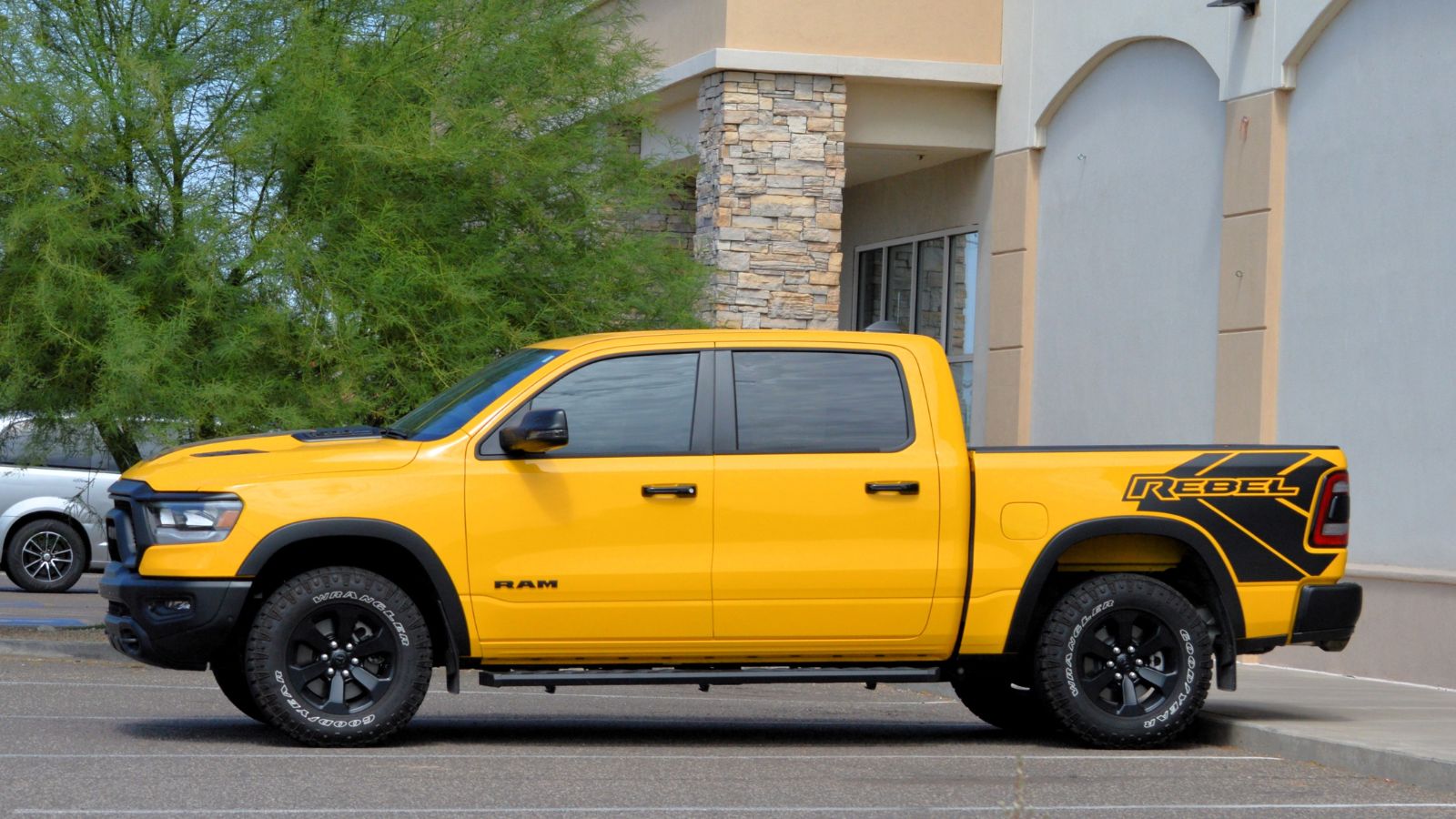
Pickup trucks are already among the most expensive vehicles on the market, and tariffs will hit them hard. Many are partially assembled or built using imported parts, especially high-strength steel, electronics, and drivetrains. A $65,000 truck can quickly balloon to $80,000 under a full 25% tariff regime. Since pickups are also the go-to vehicles for tradespeople, farmers, and small businesses, this affects personal budgets and the economy. Higher prices may even push buyers into smaller, less capable trucks or prolong vehicle lifecycles dangerously.
The EV Market Could Suffer

Electric vehicles (EVs) are the poster children for the future, but they’re highly dependent on imported parts like lithium-ion batteries, power electronics, and even onboard software systems. Tariffs on these components will lead EV prices to spike. A $55,000 EV might now cost closer to $68,000, undoing much of the financial logic that drives adoption. Government rebates can only stretch so far, and consumers might revert to gasoline models. Ironically, a tariff intended to protect the industry could slow down environmental progress and the adoption of clean energy. Some EVs have more than 50% of their components sourced internationally, making even “locally assembled” models rely on global ecosystems.
Supply Chain Woes = Delays and Panic Buying

Tariffs mess with the rhythm of supply chains. Suppliers may stop shipping to Canada, routes may need rerouting, and customs processing times may increase. All of this leads to delays. Dealerships with limited inventory start selling out quickly, causing panic buying. You might walk into a showroom wanting a red SUV and walk out with a beige hatchback just because it’s available. The urgency inflates prices even more as demand temporarily exceeds supply, as waiting lists stretch for months, especially for high-demand models or trims.
Tariffs Could Trigger Retaliation
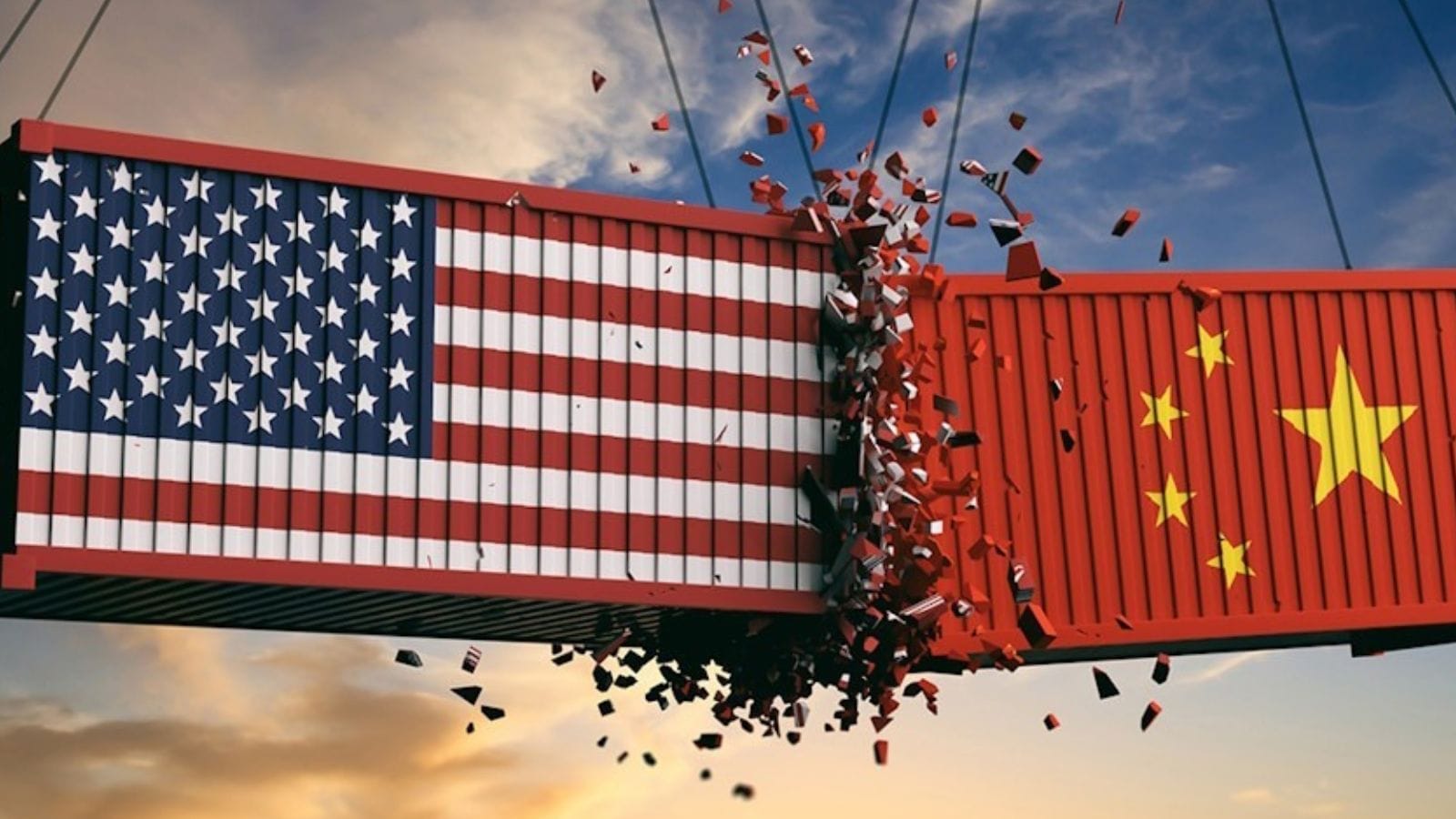
If Canada responds to tariffs with its retaliatory duties, things escalate quickly. Foreign automakers might view Canada as a volatile market and rethink investment in Canadian operations, leading to reduced model availability, less innovation, or complete brand exits. Trade wars directly impact dealership strategies, supplier partnerships, and consumer choices. A spiral of tit-for-tat duties can push prices up across every segment, not just cars. The auto sector could become collateral damage in a much larger economic conflict.
Vehicle Feature Packages Might Be Trimmed
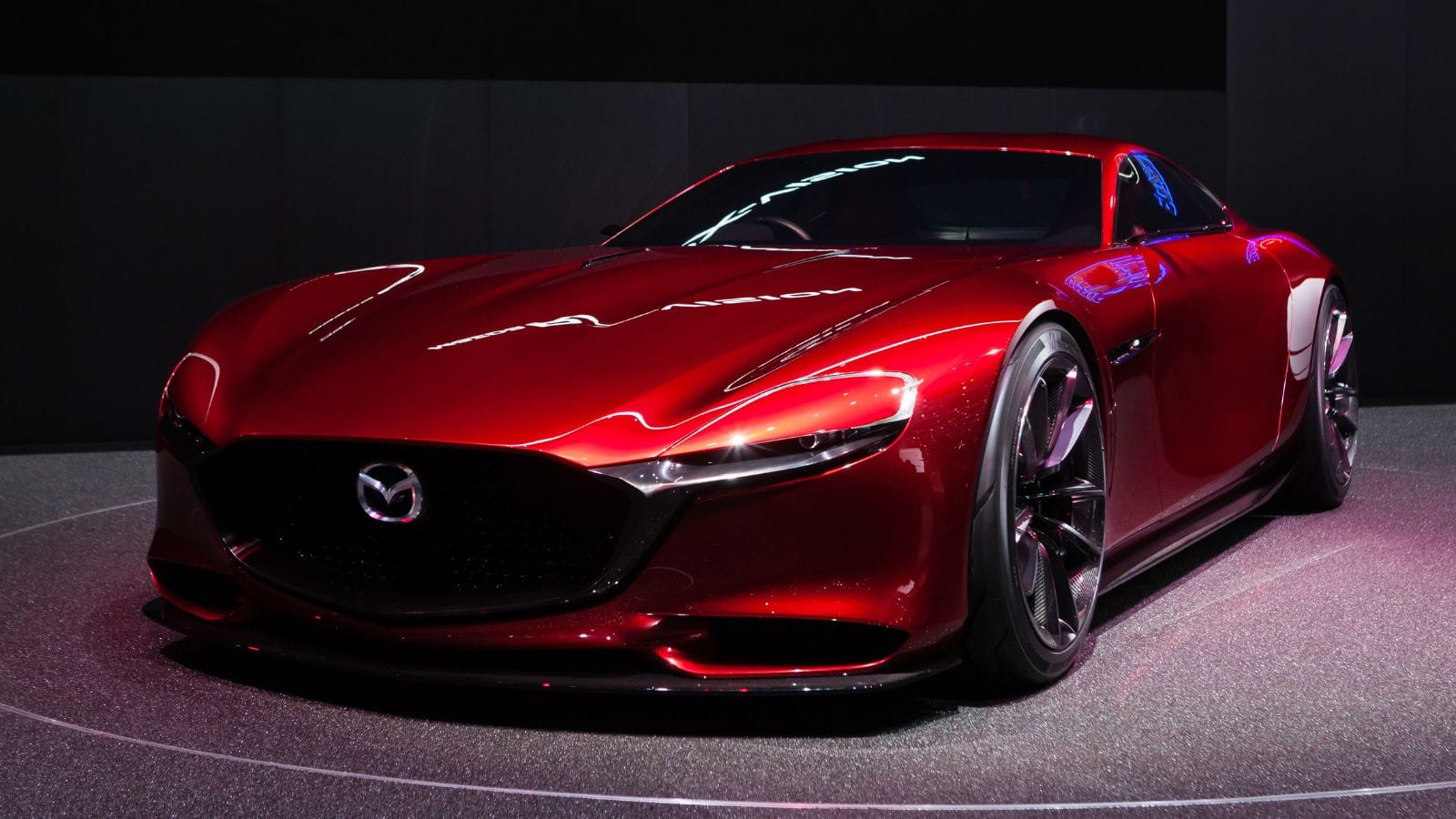
To offset rising costs, automakers may begin removing or “bundling” previously standard features. Heated steering wheels and advanced safety sensors may become optional features or available only in premium trims. Well-equipped cars that once cost $38,000 may now strip features to hit that price point, which forces consumers to pay more for the full experience. Automakers may call it “streamlining,” but it’s about preserving margins in a tariff-stressed environment.
Inflation Piles On

Tariffs are part of a broader economic system that inflates vehicle prices and ripples into the transportation sector, logistics, and consumer goods. Every delivery van or fleet vehicle that gets more expensive increases operating costs for companies, which then pass those on to consumers. A loaf of bread could become more expensive because the bakery had to buy a pricier delivery truck. Vehicle-related inflation seeps into daily life in surprisingly wide-ranging ways. It’s a chain reaction that stretches far beyond the dealership lot.
Buyers Delay—Which Hurts Everyone

Canadians may wait and delay car purchases when faced with higher prices and fewer incentives. This leads to lower dealership turnover, higher inventory costs, and tighter cash flows for automakers, which creates a cascading slowdown. Even services like auto financing, insurance, and aftermarket accessories take a hit. Buyers holding out may also stretch their current vehicles past the point of reliability, increasing maintenance costs and road safety risks. The whole ecosystem, from mechanics to marketing, feels the impact of buyer hesitation.
18 Budget-Friendly Electric Cars That Last Longer Than Their Loans — Economical Electrics
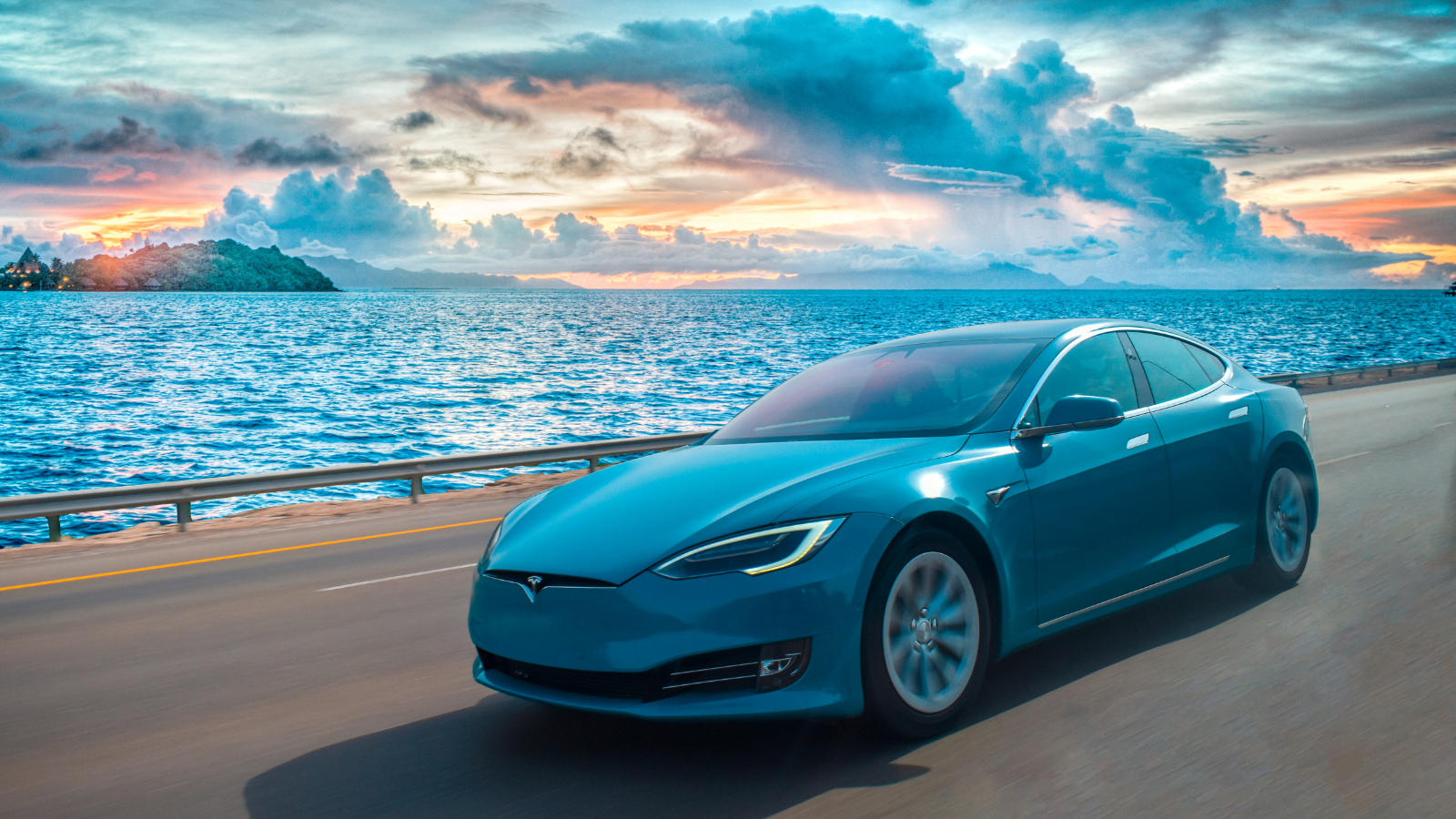
Electric vehicles are no longer a luxury for the elite—they’re a smart investment for the everyday driver. With manufacturers stepping up to the plate, affordable EVs now deliver on reliability, range, and modern comforts. Here’s a look at 18 economical electric cars engineered to outlast their payment plans.
18 Budget-Friendly Electric Cars That Last Longer Than Their Loans — Economical Electrics
